Solenoid Valve Animation
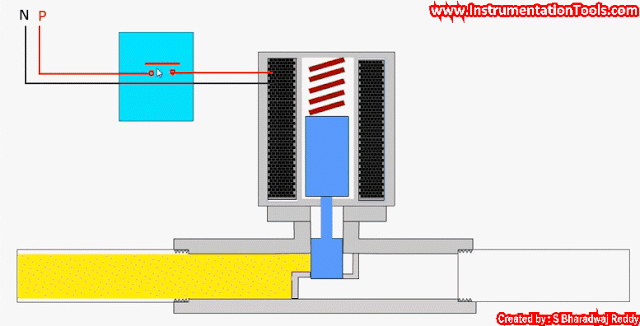
1. The above shown animation is an example of normally closed solenoid operated valve.
2. When there is no supply voltage to SOV then it will be in Normally Closed condition (default).
3. When the Switch was closed then power will be passed through the Solenoid coil, then energizes the coil. The energized solenoid coil acts as magnet and lifts the core or plunger ( Center Part of Solenoid) of the solenoid.
4. As the core or plunger of solenoid moves towards upsides, this movement creates a open flow.
5. When the Switch was opened .i.e. power supply is disconnected, then solenoid coil de-energizes and magnetic field also stopped. Then the plunger will be pushed back to its original position with the help of a spring, this movement stops the flow.
6. Thus the solenoid valve will open/close as per the solenoid valve coil magnetization.
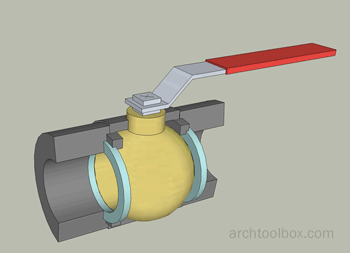
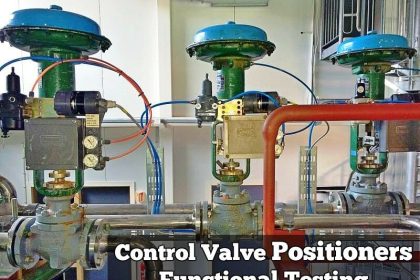
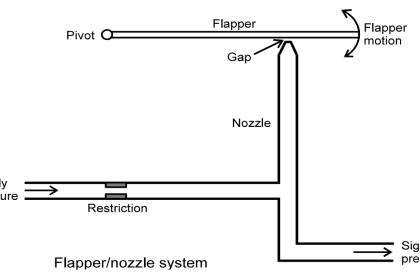
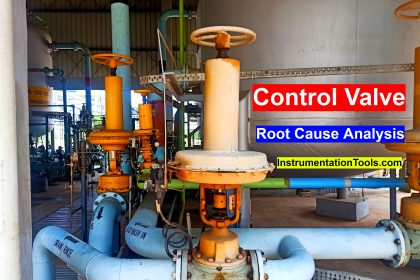
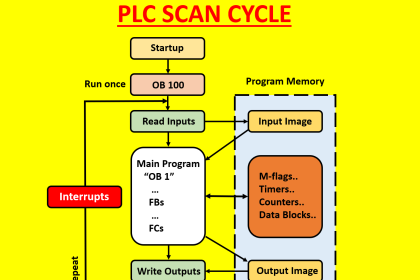
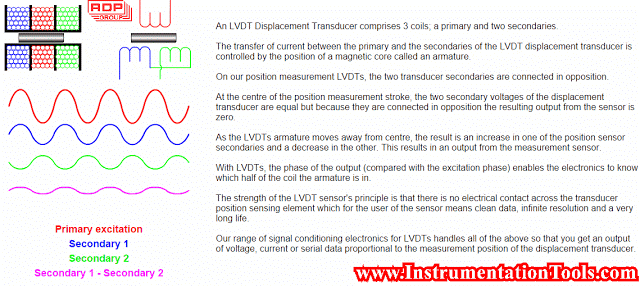

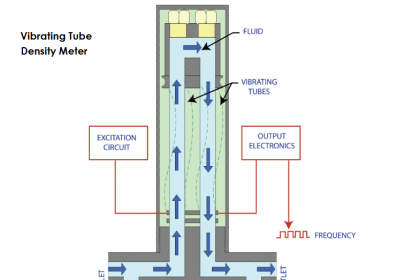

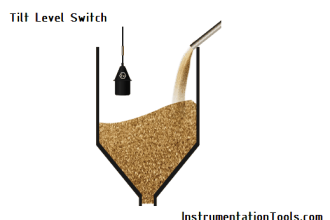
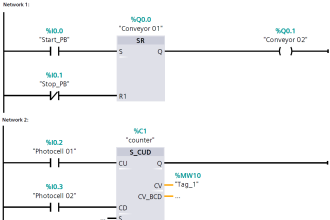
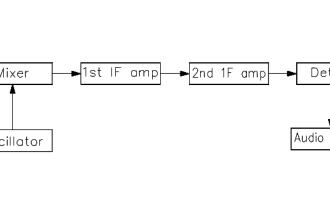

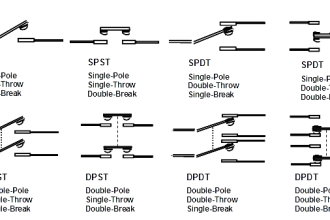
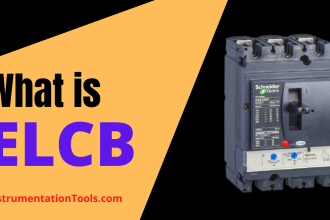
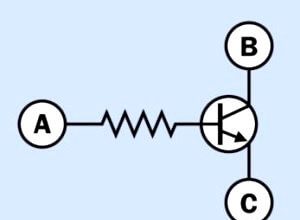

Very very useful..Thanku!!
???good articles